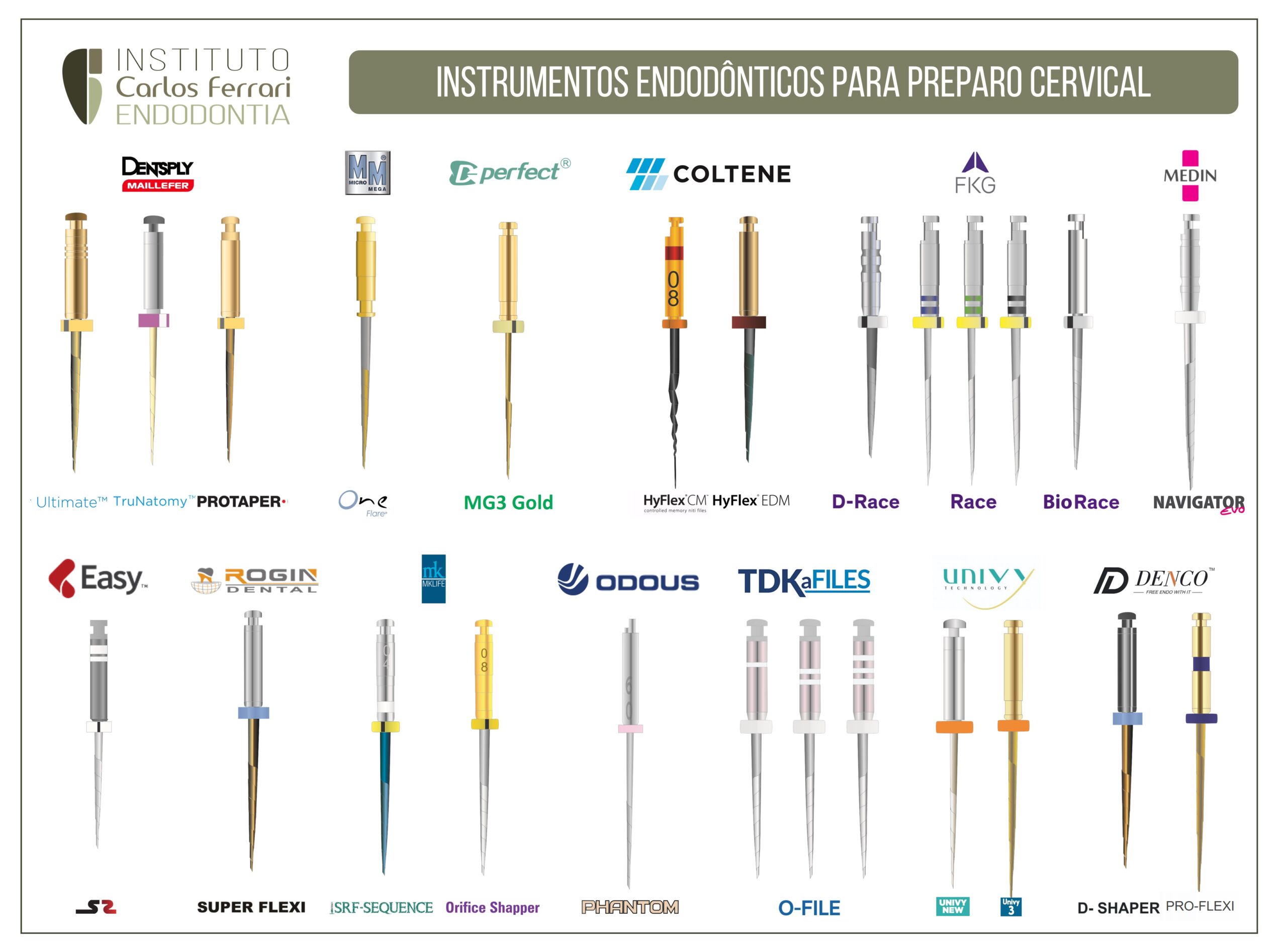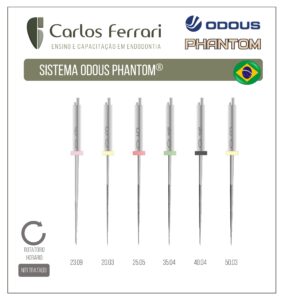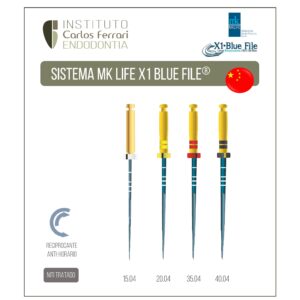Cervical preparation in endodontics. Rotating and reciprocating instruments available in the Brazilian market in 2022.
Cervical preparation in:
Brito et al. O Preparo cervical na endodontia contemporânea. Rev. Ciênc. Méd. Biol., Salvador, v. 20, n. 3, p. 431-435, sep./dep. 2021
Endodontic treatment represents the therapy that best relates to diseases involving pulpal and periapical tissues, since its purpose is to promote cleaning and shaping of the root canal, giving possibilities for the dental element to remain in functional and aesthetic conditions in the oral cavity (CHUGAL et al., 2017; MOORE et al., 2016).
Traditionally, coronal access and chemical-mechanical preparation follow principles that have remained unchanged for decades. Defined as the initial step, the access comprises the complete removal of the pulp chamber roof, followed by the location of the root canal entry holes; the chemical-mechanical preparation, in turn, aims to promote the cleaning of the root canal in order to empty it (LOPES; SIQUEIRA, 2016).Prior to these two steps and contemplating traditional endodontic principles, the preparation of the cervical and middle third is performed in order to remove interferences located in the cervical region of the root canal.
However, its realization has been associated with a significant reduction in dentin thickness, which can cause vertical root fractures (DUARTE, 2018). In order to maintain the pericervical dentin, which is mainly responsible for dissipating forces from occlusal loading, minimally invasive endodontic approaches (MEA) have been proposed.
Therefore, dentin preservation, added to the incomplete removal of the pulp chamber roof promoted by AEMI, can increase the mechanical strength of endodontically treated teeth and prevent root fractures (BÜRKLEIN; SHÄFER, 2015; CHLUP et al., 2017; OZYUREK et al., 2018).
However, these accesses may complexify the location of the canals and impair the chemical-mechanical preparation of the distal root of mandibular molars, for example (NOSRAT et al., 2015; SILVA; SILVA, 2019,). However, for chemical-mechanical preparation in more conservative approaches, the use of reciprocating systems is recommended.
These systems allow all endodontic treatment to be performed with only one instrument, eliminating the cervical pre-widening step (KIEFNER; BAN; DE-DEUS, 2013). In addition, its characteristic of counterclockwise movement promotes a modeling and cleaning of the root canal in a safer way (PLOTINO et al., 2017)
Cervical preparation in endodontics.





